The worst books in BSM’s English syllabus
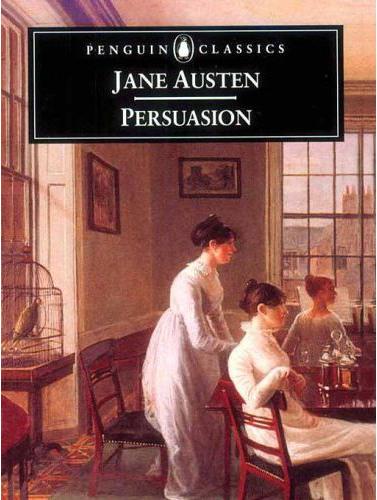
Read in Honors English freshman year, “Persuasion” is hated by most.
1. Persuasion – Jane Austen
Arguably the most hated book in the English curriculum, Jane Austen’s final novel Persuasion combines everything a student could possibly hate about a piece of required reading. Besides the horror of drowning in its almost nonexistent plot, it plagues readers with meaningless British names, and suffocates them with Austen’s chapter-long sentences.
2. Jane Eyre – Charlotte Brontë
Essentially a less detested counterpart of Persuasion, Jane Eyre provides an undesirable storyline with yet another barrel of complicated British names. Though this plot does have a hint of an arch (arch may even be a strong word), its density makes it impenetrable, and its language is clunky and exhausting.
3. Their Eyes Were Watching God – Zora Neale Hurston
It’s obvious that Hurston’s “masterpiece” is commonly hated simply by the way it’s introduced by most teachers: “Now, you may find it easier to read along with an audio version…” Written in dialect, the entirety of the novel’s dialogue is spelled phonetically, making it almost impossible to comprehend. Example passage: “Dere wuz uh knotty head gal name Mayrella dat useter git mad every time she look at me.”
4. Speak – Laurie Halse Anderson
Almost as if to discourage anyone from thinking that his or her favorite subject is English, Laurie Halse Anderson’s coming of age tale, Speak, was traditionally assigned as summer reading before ninth grade. Now dropped from the curriculum, Speak is the story of a high school freshman who had been raped, and then proceeds to complain about it in book form. That’s all. Uninteresting to both male and female students, Speak reads like it was written as a suicide note from Twilight author Stephanie Meyer. Boring, whiny, and unintelligent, Speak was correctly dropped from the English curriculum.
5. Montana 1948 – Larry Watson
Also a summer reading assignment no longer on the curriculum, Montana 1948 read like a thinly veiled attempt to rewrite To Kill a Mockingbird. Unfortunately the novel ends up stagnant, uninteresting, and sort of racist-feeling, spurring little thought or room for interpretation.
6. Ender’s Game – Orson Scott Card
Hailed as one of the “greatest young adult novels of our time,” Ender’s Game by Orson Scott Card is clearly written by someone who has apparently never met or been a young adult. Composed solely of offensively basic sentence structure, syntax, and word choice, Ender’s Game makes for a good story, but a terrible book. Achingly plain and banal, it is an uphill battle to read the novel from the very beginning. Though the story is semi-original and half-interesting, the book should be avoided.
7. My Ántonia – Willa Cather
Set against the thrilling background of the early twentieth century Nebraska prairies, My Ántonia tells the story of a Bohemian immigrant family and a Nebraska native struggling through the less than exciting life on the plains of the Midwest. The plot centers around slow life in and around the rural Black Hawk, Nebraska, a depressing series of romances. It does little more than weave a yarn that makes the reader feel that life is disparate, cold and unfulfilling. Divided into five books, the novel is as tiring as it is dry.
8. The Scarlet Letter – Nathaniel Hawthorne
One of the most famously disliked works of fiction in the canon of American Literature, Hawthorne’s The Scarlet Letter deserves its popular reputation. Written in 1850 and set in the 1640’s, the focal point of The Scarlet Letter is the way of life in Puritanical Massachusetts––one of the most historically repressed, dull, and laborious time periods to exist. As expected, reading about the exploits of a Puritan woman accused of adultery is about as fun and interesting as Puritans themselves. The Scarlet Letter reminds students why the Puritan faith hasn’t survived.
9. The House on Mango Street – Sandra Cisneros
Told in a series of vignettes that are half unfinished stories and half terrible poems, Cisneros tells the story of a young Latina girl living in an impoverished neighborhood. Sometimes no more than a string of vaguely related observations, The House on Mango Street looks like no more than a thick pamphlet, but reads like a phone book. Thematically unoriginal and suffocated by uninteresting prose, Cisneros fails to do more than bore and frustrate readers.
10. Tale of Two Cities- Charles Dickens
Unless it seems appealing to drown in a sea of complex names, character arcs, and almost completely unrelated, separate story elements, A Tale of Two Cities will serve as no more than one of the most famous paperweights ever written. Told in three books, Charles Dickens refuses to satisfy the modern audience with a backdrop of enticing plot elements and famous political struggles involved in French Revolution-era Europe, and instead simply defends the struggle of the peasant class in London and France. Unfortunately for most students, the novel is so complex and boring that even its SparkNotes pages are impossible to read.
11. Raisin in the Sun – Lorraine Hansberry
Lorraine Hansberry’s completely cliché A Raisin in the Sun is one that should be taken off the bookshelf permanently. The unoriginal and repetitive plotline of the play tells the story of a poor black family living in Harlem as they try to achieve the American Dream. Finishing with the cheesy ending of the Younger family standing up against the white people of their new neighborhood, this play adds nothing to the curriculum except boredom and complaints.
12. The Glass Menagerie – Tennessee Williams
The Glass Menagerie is one of the saddest books in the English curriculum, but not for a singular event that takes place. Tennessee Williams’ breakout play is depressing to its very core. It crawls through the story of the bleak, stale happenings in a hostile family environment, and the toxic relationship of an overbearing mother distraught over her daughter’s inability to find a suitor. With no real climax, and almost no plot at all, The Glass Menagerie is sad, suffocating, and reminds its audience that dying alone is a very probable reality.





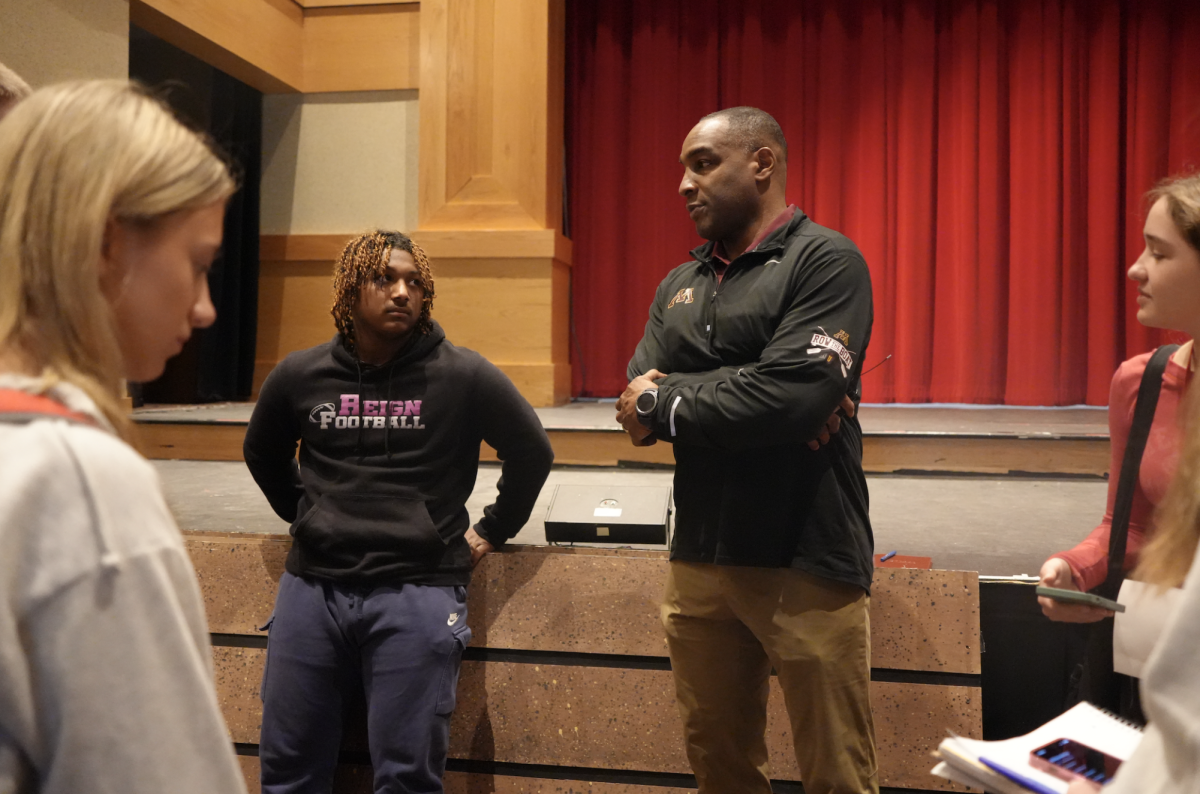

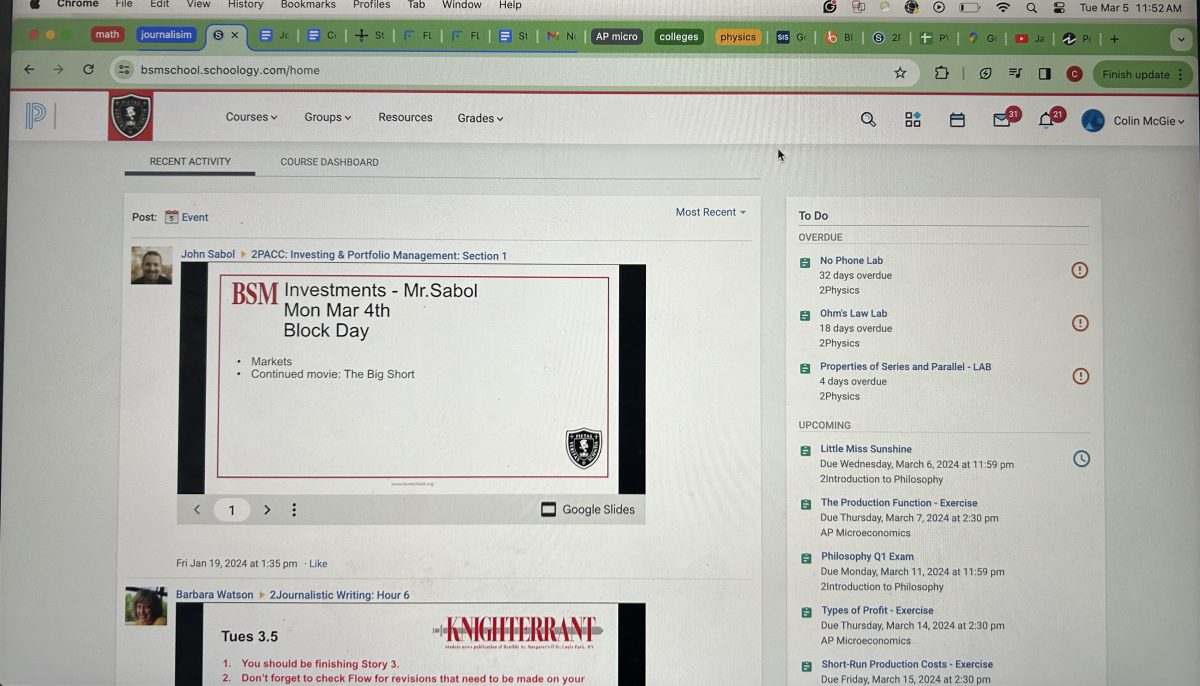




























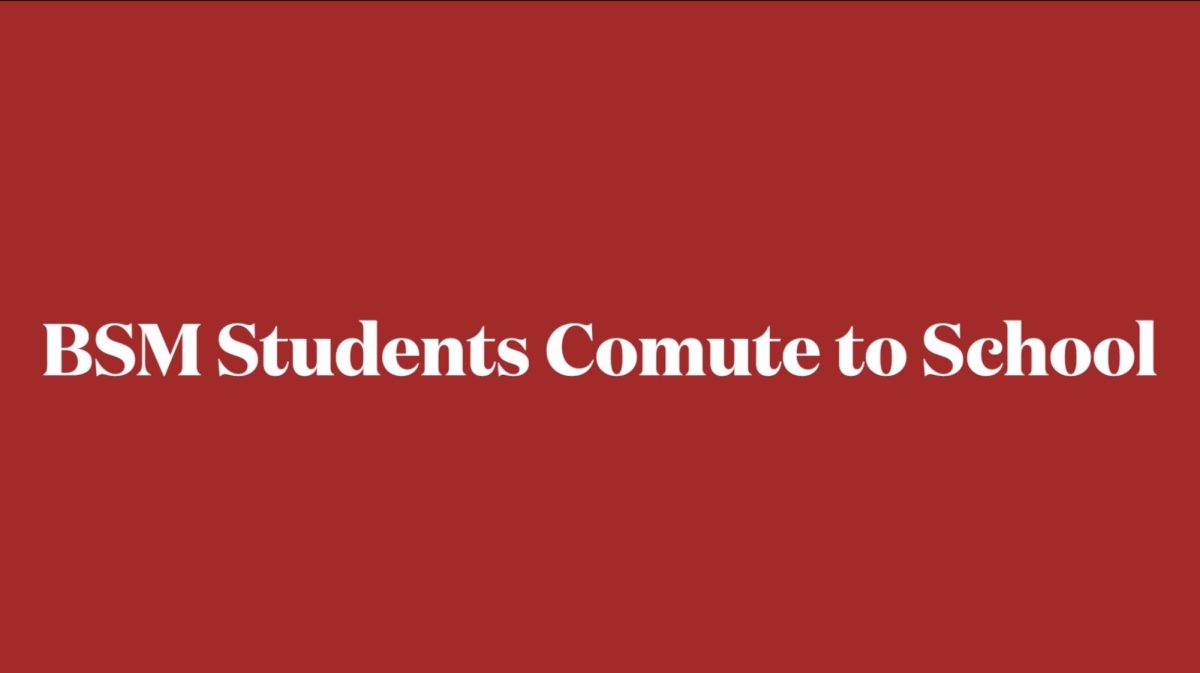








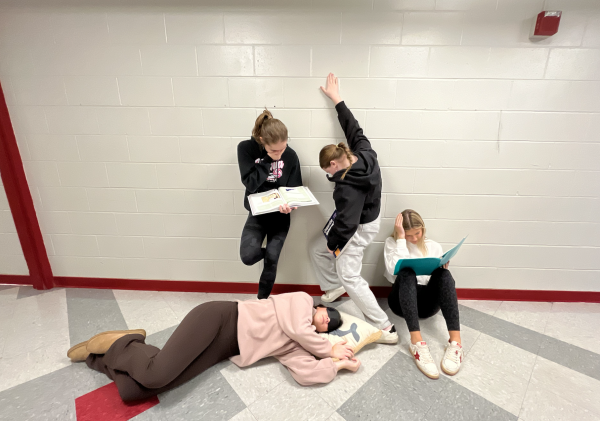



Michael Hawkins • Jan 29, 2014 at 4:46 pm
Sorry, guys, I cannot agree with ALL of your selections, but…
M. Hawkins
Kaia • Jan 28, 2014 at 1:45 pm
This is hilarious. Well written and sassy!